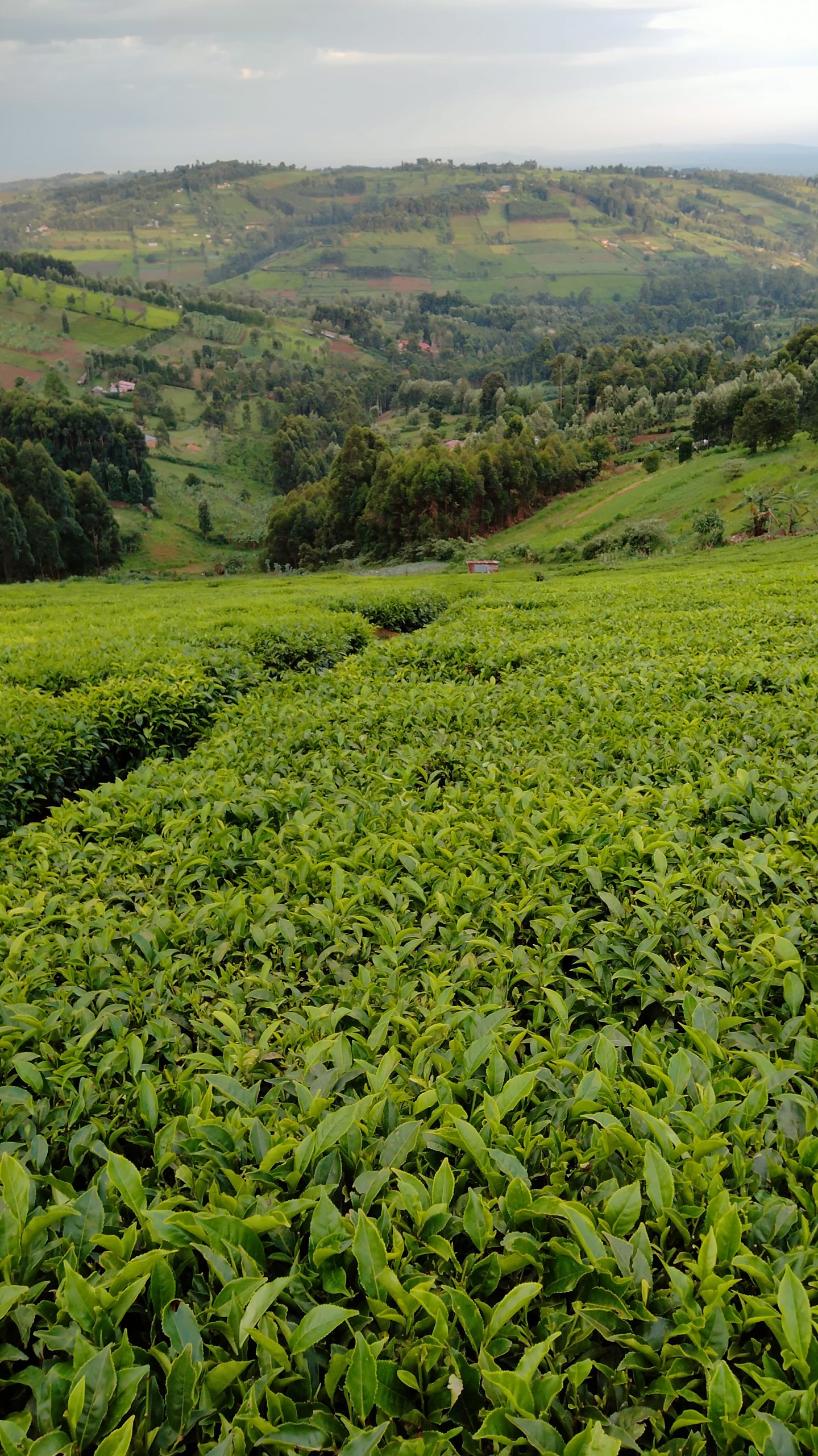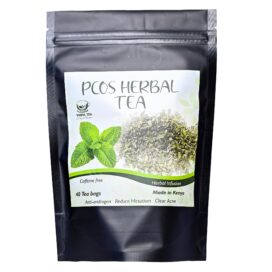- You have no items in your shopping cart
- Subtotal: 0.00KShs

Did you know that Kenya is the second-largest tea producing country in the whole world and tea is the second most consumed beverage in the world after water?
To most Kenyans, tea means Chai which is a
the mixture of boiled water, Milk and black tea. But what is tea?
To understand this better we have to go
back to the tea plant (Camellia sinensis) and the different processes, it goes
through to produce a different type of teas-one plant many teas-.
Generally, tea constitutes of components
such as L-theanine (an amino acid found to provide a sense of relaxation and stress
relief) Tannins (components that inhibit plaque buildup that causes heart attacks)
Polyphenols (trap free radical molecules,) Catechins (strengthen the immune
system)
ECGC Epigallocatechin 3-gallate (an
antioxidant), flavonoids- powerful disease fighters that help to fight allergies,
carcinogens and viruses) and Amino acids.
From the tea plant (camellia Sinensis) factories
in Kenya produces two categories of teas
speciality teas and Convectional tea. Speciality teas include Black tea, White
tea, green tea, yellow tea, oolong tea and
purple tea and Convectional teas such as
Black C.T.C ( Crush tear curl sometimes known as cut tear curl ) is the normal tea
that is ‘Kenyan chai’.
Few factories produce Matcha teas, Blooming
teas and decaffeinated teas.
White tea.
This is the least processed tea. It is
usually sun-dried.
It includes; silver tips which are
considered to be the healthiest among all teas because it is made from tea buds
(tip) this is where all antioxidants are concentrated.
It is the most expensive tea because of
the tedious process of plucking unlike other teas and its delicate process.
There is a white tea with 2 leaves and a bud
and 1 leaf and a bud.
Green tea
It is unoxidized and most closely resembles
the original plucked leaf. It contains abundant nutrients and oils
It has astringent Flavour
Purple tea
Purple tea is a hybrid of the green tea plant
and a non-tea plant called camellia irrawadiensis (Hu) P.K Barua which is rich
in anthocyanin pigment. So far this tea is grown in Kenya only.
Red/Black tea
This tea is fully oxidized and turns
completely brown with no trace of original green in leaf and can stand the
sloth of milk. It has a sweet Flavour.
Oolong tea
It is processed through less oxidation to enable it to retain the flavour and colour
Taste: aromatic, bright, fresh, smooth and soft.
Yellow tea
This is a type of green tea that
doesn’t go through the fermentation process instead it goes through fixing and
heaping where it is heated in humid air to give a yellow cast some people call
it ‘sealing yellow’. It has a sweet taste
Benefits of tea
·
Prevent cardiovascular diseases tea
has been said to lower cholesterol thus preventing high blood pressure
·
Helps in maintaining blood sugars
·
Green tea contains fluoride which prevents dental cavities
·
Boosting metabolism taking
green tea after meals eases digestion
·
If incorporated with diet
green tea will help with weight loss
·
Loose green tea has been
used to tone skins some people use it in their bathtubs The polyphenols in the tea helps prevent prematurely
ageing a lot of beauty products in the market are made using green tea e.g., Green tea mask
·
The antioxidants in
this tea detoxifies the liver
·
Tea may block the
formation of plaques in the brain associated with Alzheimer’s disease and
dementia.
·
White tea is a good
immune booster
·
Green tea is a
powerful stress buster
The beauty of tea is that it can be value-added by blending with
herbs, spices, flowers to broaden the flavours and make it more healthy.
Blending these herbs with teas will ensure your body gets enough nutrients for
a healthy body. These teas can be blended with
herbs, spices, fruits, seeds, roots and flowers.to broaden the flavours.


